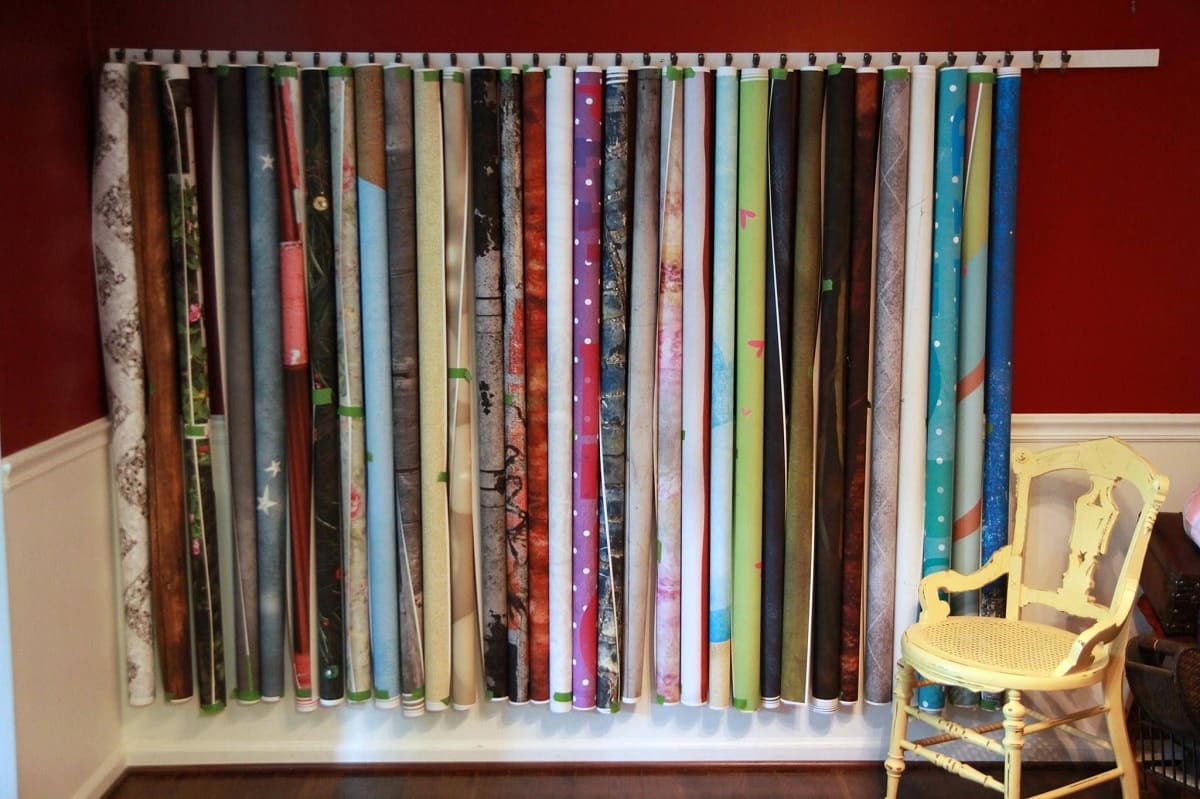

Articles
How To Store Photo Backdrops
Modified: October 27, 2024
Discover effective ways to store your photo backdrops with these helpful articles on proper storage techniques, ensuring your backdrops are well-preserved and ready for future use.
(Many of the links in this article redirect to a specific reviewed product. Your purchase of these products through affiliate links helps to generate commission for Storables.com, at no extra cost. Learn more)
Introduction
Welcome to our article on how to store photo backdrops. As a photographer, you know that backdrops are an essential tool for creating stunning and professional-looking photos. Whether you use paper, fabric, vinyl, or any other type of backdrop, proper storage is crucial to maintain their quality and ensure their longevity. In this guide, we will walk you through the steps and techniques for storing backdrops in a way that keeps them clean, organized, and ready for your next shoot.
When storing backdrops, there are several factors to consider, including choosing the right storage space, cleaning and preparing the backdrops, deciding between rolling and folding, wrapping them properly, labeling and organizing, and using protective cases or hanging methods. By following these guidelines, you can maximize the lifespan of your backdrops and keep them in excellent condition.
So, let’s explore each step and learn how to store photo backdrops effectively.
Key Takeaways:
- Proper storage of photo backdrops is essential for preserving their quality, extending their lifespan, and ensuring easy access when needed. Choose the right storage space, clean and prepare backdrops, and use protective cases for optimal preservation.
- Label and organize your backdrops to easily identify and retrieve them when needed. Consider hanging backdrops for convenient access and avoid common storage mistakes to maintain their quality and usability for years to come.
Read more: How To Store Photos For Free
Choosing the Right Storage Space
When it comes to storing photo backdrops, selecting the right storage space is crucial. The goal is to find a location that is cool, dry, and free from any potential damage or hazards. Here are some factors to consider:
- Temperature and Humidity: Backdrops are susceptible to damage from extreme temperature and humidity fluctuations. It is best to store them in a climate-controlled environment where the temperature remains fairly constant, ideally between 50 to 80 degrees Fahrenheit.
- Moisture and Mold: Moisture can cause mold and mildew growth, leading to irreparable damage to your backdrops. Avoid storing them in areas prone to moisture, such as basements or attics, or near water sources like pipes or windows. Consider using a dehumidifier if necessary.
- Light Exposure: Prolonged exposure to direct sunlight or strong artificial light can cause fading and discoloration of backdrops over time. Choose a storage space that is shielded from direct light to preserve the vibrancy and longevity of your backdrops.
- Cleanliness: Ensure that the storage area is clean and free from dust, dirt, and pests. Regularly clean the storage space to prevent any debris from accumulating and potentially damaging your backdrops.
- Accessibility: Opt for a storage space that offers easy access to your backdrops. This makes it convenient for you to retrieve specific backdrops when needed without having to move other items or disturb the organization.
Depending on your available space, you can use a dedicated storage room, a closet, a storage unit, or even a set of shelves. Remember to measure the size of your backdrops and choose a storage area that can accommodate their dimensions without excessive folding or bending to prevent damage.
By selecting the right storage space, you provide a suitable environment in which your backdrops can be preserved and protected, ensuring their quality and usability for future photoshoots.
Cleaning and Preparing Backdrops for Storage
Prior to storing your photo backdrops, it is essential to clean and prepare them properly. This will help remove dust, dirt, and any stains, ensuring that they are in the best possible condition for storage. Here are some steps to follow:
- Inspect the Backdrops: Start by inspecting your backdrops for any visible dirt, stains, or tears. Take note of any areas that require special attention during the cleaning process.
- Dust and Vacuum: Use a soft-bristled brush or a clean, dry cloth to gently dust off the surface of the backdrops. Pay close attention to any creases or folds where dust may accumulate. For fabric backdrops, you can also use a vacuum cleaner with a soft brush attachment to remove loose dirt and debris.
- Spot Clean Stains: If you notice any stains on your backdrops, gently spot clean them using a mild detergent or a specialized fabric cleaner. Test the cleaning solution on a small, inconspicuous area first to ensure that it does not cause discoloration or damage to the fabric. Blot the stain instead of rubbing it, and allow it to air dry completely.
- Iron or Steam: If your backdrops are made of fabric and have wrinkles or creases, use a garment steamer or a low-temperature iron to remove them. Be cautious not to apply too much heat, as it can damage certain materials. Follow the manufacturer’s instructions for ironing or steaming, and make sure the backdrops are completely dry before storing them.
- Roll or Fold Neatly: Decide whether to roll or fold your backdrops based on their material and your storage space. Rolling backdrops is a common practice as it helps prevent creases and ensures easier handling. However, if folding is necessary, do it neatly along the existing seams to minimize wrinkles.
- Use Acid-Free Tissue Paper: For fabric or paper backdrops, consider placing a layer of acid-free tissue paper between the folds or rolls to provide additional protection and prevent sticking. This helps preserve the quality of the backdrops and prevents any color transfer or damage.
By cleaning and preparing your backdrops before storage, you eliminate any dirt or stains that could potentially become more difficult to remove over time. This helps maintain the aesthetics and overall quality of your backdrops, ensuring that they are ready for future use without any hassle.
Rolling vs. Folding Backdrops
When it comes to storing photo backdrops, one of the commonly debated topics is whether to roll or fold them. Both methods have their advantages and considerations, depending on the material of the backdrops and the available storage space. Let’s explore the pros and cons of rolling and folding:
Rolling Backdrops:
- Minimizes Wrinkles: Rolling backdrops helps to minimize wrinkles and creases, particularly for fabric or vinyl materials. This ensures that the backdrops remain in pristine condition and are ready to use for future photoshoots.
- Easier Handling: Rolled backdrops are generally easier to handle and transport. They can be easily carried or stored in long tubes or PVC pipes, providing convenience and protection.
- Space-Efficient: If you have limited storage space, rolling backdrops can be a more space-efficient option. They can be stacked vertically or arranged side by side, maximizing the use of your storage area.
However, it’s important to note that rolling backdrops may not be suitable for all materials. Paper backdrops, for example, can be more challenging to roll without causing damage or creases. It’s crucial to consider the material and its flexibility before deciding to roll.
Folding Backdrops:
- Flexible Storage Options: Folding backdrops allows for more flexibility in terms of storage options. They can be easily placed in storage boxes, shelves, or hanging organizers, making it easier to access and retrieve specific backdrops as needed.
- Economical: If you have a large collection of backdrops, folding them can be a more economical option in terms of storage space. It allows you to stack and organize multiple backdrops in a compact area.
- Suitable for Certain Materials: Paper backdrops, in particular, are often folded due to their thickness and stiffness. Folding them neatly along the existing creases helps preserve their shape and prevents damage.
However, folding backdrops can lead to creases and wrinkles, especially if they are not properly folded or if the material is not fold-friendly. It’s important to take extra care when folding and ensure that the backdrops are stored in a way that minimizes the risk of permanent creasing.
In summary, the decision to roll or fold backdrops depends on factors such as material, available storage space, and personal preference. Consider the pros and cons of each method and choose the one that best suits your specific needs and ensures the longevity and usability of your backdrops.
Wrapping Backdrops Properly
When it comes to storing photo backdrops, wrapping them properly is essential to protect them from dust, dirt, and potential damage. Proper wrapping techniques can help preserve the quality and longevity of your backdrops. Here are some tips for wrapping backdrops effectively:
- Use Protective Material: Start by using a clean and breathable material to wrap your backdrops. Consider using acid-free tissue paper, soft cotton sheets, or muslin fabric to protect the surface of the backdrops from scratches or abrasions.
- Avoid Plastic: While it may be tempting to use plastic covers or bags, it’s best to avoid them for long-term storage. Plastic can trap moisture and create a breeding ground for mold or mildew, potentially damaging your backdrops. Opt for breathable materials instead.
- Start at One End: Begin wrapping your backdrops by starting at one end and proceeding evenly and tightly. This helps keep the backdrops secure and prevents them from unfolding or getting tangled during storage.
- Secure with Tape or Bands: Once the backdrops are wrapped, use tape or elastic bands to secure the wrapping material in place. Be gentle to avoid applying too much pressure and causing damage to the backdrops.
- Avoid Excessive Pressure or Folding: When wrapping, avoid applying excessive pressure or folding the backdrops too tightly. This can result in creasing or permanent damage to the material. Aim for a firm and secure wrap without putting too much strain on the backdrops.
- Protect the Ends: Pay extra attention to the ends of the backdrops, as these are often more vulnerable to damage. Fold or tuck in any loose or delicate edges to ensure they are well-protected from dust and potential tearing.
Additionally, if you have multiple backdrops to store, consider wrapping them individually to prevent any color transfer or damage between different backdrops. Label each wrapped bundle with the corresponding backdrop’s name or color to ensure easy identification when needed.
Remember to handle the backdrops with clean hands to avoid transferring oils or dirt onto the fabric. If you notice any stains or marks on the backdrops, spot clean them before wrapping to prevent them from setting in during storage.
By wrapping your backdrops properly, you add an extra layer of protection and ensure that they remain in excellent condition while in storage. This helps keep your backdrops ready for use in future photoshoots, without any hassle or damage.
When storing photo backdrops, roll them up instead of folding to prevent creases. Store them in a dry, cool place to avoid damage from moisture or heat.
Read more: How To Store Photos On Google
Labeling and Organizing Backdrops
Labeling and organizing your photo backdrops is essential for easy retrieval and to maintain a well-structured storage system. Properly labeled and organized backdrops streamline the process of selecting the right backdrop for your photoshoots. Here are some tips for effective labeling and organizing:
- Create a Inventory List: Start by creating an inventory list of all your backdrops. Include details such as the name, color, size, and any specific characteristics or patterns of each backdrop. This list will serve as a reference guide when you need to locate a particular backdrop.
- Use Clear and Consistent Labels: Label each backdrop with a clear and readable tag or label. Use a permanent marker or label maker to mark the name or code of the backdrop directly on the packaging or wrapping material. Ensure that the labels are securely attached to prevent them from getting lost or damaged.
- Organize by Categories: Group your backdrops into categories based on color, theme, or type. This could be as simple as dividing them into categories like solid colors, patterns, or seasonal backdrops. Organizing them in this way makes it easier to locate backdrops that fit specific photoshoot themes or client preferences.
- Use Storage Containers: Consider using storage containers, bins, or drawers to keep your backdrops organized. Store backdrops of similar categories together in labeled containers or dividers. This not only keeps them neat but also protects them from dust, light, and potential damage.
- Create an Index Card System: For larger collections, consider using an index card system. Each backdrop can have its own index card that includes the name, description, and location of the backdrop. Arrange these cards alphabetically or by category, making it easier to find and retrieve specific backdrops.
- Arrange by Frequency of Use: If you have certain backdrops that are used more frequently, make sure to keep them easily accessible. Place them towards the front of the storage area or in a separate designated section for quick and convenient access.
Remember to regularly update your inventory list and make adjustments to the organization system as your collection grows or changes. This helps maintain the efficiency and effectiveness of your storage system over time.
By labeling and organizing your backdrops, you minimize the time spent searching for the right backdrop and ensure a smoother workflow during your photoshoots. It also helps protect the backdrops from any potential damage and keeps your storage area tidy and well-maintained.
Storing Backdrops in Protective Cases
Storing photo backdrops in protective cases is an excellent way to keep them safe from dust, dirt, and potential damage during storage. Protective cases provide an extra layer of security, ensuring that your backdrops remain in pristine condition. Here are some tips for storing backdrops in protective cases:
- Select the Right Case: Choose a storage case that is appropriate for the size and material of your backdrops. Look for cases specifically designed for backdrops, as they often provide the necessary protection and support. Consider options such as durable fabric bags, hard plastic cases, or even customized cases with padded compartments.
- Measure Your Backdrops: Before purchasing a storage case, measure the dimensions of your backdrops. Ensure that the case is spacious enough to accommodate your backdrops without folding or bending them excessively. The goal is to store the backdrops in their natural shape to prevent creasing or damage.
- Protect from Moisture: Opt for a case that is moisture-resistant or waterproof to protect your backdrops from any potential water damage. This is especially important if you live in a humid climate or have a storage area that is prone to moisture.
- Add Protective Layers: Consider adding additional layers of protection within the case. Use acid-free tissue paper, soft cloth, or foam padding to provide cushioning and prevent any shifts or impacts during storage. This helps avoid any potential abrasions or tears on the backdrops.
- Securely Fasten: Ensure that the case has secure fastenings, such as zippers, buckles, or snaps, to keep your backdrops safely enclosed. Double-check that the fastenings are properly closed before storing the case to prevent any accidental openings or damage to the backdrops.
- Label the Case: Attach a label or tag to each storage case with the corresponding backdrop details, including the name, color, and dimensions. This makes it easy to identify the case when needed and provides a quick reference for selecting the right backdrop.
- Store Vertically: If possible, store the protective cases vertically rather than stacking them on top of each other. Vertical storage prevents excessive pressure on the backdrops and minimizes the risk of any accidental crushing or bending.
Remember to place the protective cases in a suitable storage location, such as a temperature-controlled room or closet, away from direct sunlight or extreme temperature fluctuations. This helps maintain the optimal condition of your backdrops.
By storing your backdrops in protective cases, you ensure their safety and longevity. The cases act as a shield against environmental factors and provide a convenient and organized way to store and transport your backdrops from one location to another.
Hanging Backdrops for Easy Access
Hanging your photo backdrops is an efficient and convenient method to store them while ensuring easy access when needed. When backdrops are hung, they are readily visible and accessible, allowing you to quickly select the desired backdrop for your photoshoot. Here are some tips for hanging backdrops:
- Use a Sturdy Hanging System: Invest in a reliable hanging system that can support the weight of your backdrops. This can include curtain rods, backdrop stands, or specialized backdrop storage systems. Make sure the system is properly installed and secure to keep the backdrops safe and prevent any accidental falls or damage.
- Organize by Categories: Group your backdrops by categories or themes. Hang backdrops of similar colors or patterns together, making it easier to locate and select the right backdrop for each specific photoshoot. You can use separate rods, sections, or even hangers with labels to keep them well-organized.
- Separate and Cover: To prevent any potential color transfer or damage, consider using individual covers or plastic sleeves for each backdrop. This adds an extra layer of protection and keeps the backdrops neatly separated while hanging.
- Create a Backdrop Catalog: Keep a catalog or inventory list near your hanging area. List the name, color, and any specific details of each backdrop on the catalog, making it easy to browse through and select the desired backdrop quickly. You can also include reference photos or color swatches for visual assistance.
- Utilize Wall Space: If wall space permits, consider hanging backdrops on the wall using wall-mounted brackets or hooks. This not only keeps them easily accessible but also turns them into a visually appealing display when not in use. You can rotate the hanging backdrops periodically for a refreshed look.
- Keep Proper Spacing: Ensure that the backdrops are hung with enough spacing between each other to avoid creasing or folding. Allow sufficient room for air circulation to prevent any potential moisture buildup. Aim for a neat and organized display, avoiding overcrowding.
- Regularly Inspect and Maintain: Periodically inspect your hanging backdrops for any signs of wear, damage, or cleaning needs. Remove any dust or debris using a gentle brush or a lint roller. If any backdrops require cleaning or repairs, make sure to address them promptly before hanging them back.
Hanging your backdrops not only keeps them easily accessible and organized but also adds a decorative touch to your studio or storage area. It provides a practical solution while showcasing your beautiful collection of backdrops.
By implementing a hanging system for your backdrops, you save time and effort in locating and selecting the right backdrop for each photoshoot. This efficient storage method ensures that your backdrops are always within reach, allowing you to focus on capturing stunning and professional-quality photographs.
Avoiding Common Mistakes in Backdrop Storage
Proper storage of photo backdrops is crucial to maintain their quality and ensure their longevity. However, there are some common mistakes that photographers often make when storing their backdrops. By being aware of these mistakes, you can avoid them and protect your backdrops effectively. Here are some common mistakes to avoid in backdrop storage:
- Improper Cleaning: Failing to clean your backdrops before storage can lead to stains, dirt buildup, and potential damage. Always make sure to thoroughly clean and dry your backdrops before storing them to prevent any long-term damage or discoloration.
- Using Plastic or Non-Breathable Materials: Storing backdrops in plastic bags or non-breathable materials can trap moisture, leading to mold or mildew growth. Choose breathable storage solutions such as fabric bags or acid-free tissue paper to protect your backdrops from dust and allow air circulation.
- Neglecting to Label: Not labeling your backdrops or storage containers can result in confusion and wasted time. Make sure to label each backdrop or storage case with its name, color, and any other relevant details. This ensures easy identification and quick retrieval when needed.
- Stacking or Piling Backdrops: Piling multiple backdrops on top of each other or stacking them without proper support can lead to creasing, bending, or even tearing. Avoid excessive pressure on your backdrops by storing them in a way that prevents unnecessary weight or strain.
- Storing in Inadequate Conditions: Backdrops are sensitive to temperature, humidity, and light exposure. Storing them in areas prone to extreme fluctuations or direct sunlight can cause fading, discoloration, or deterioration. Choose a cool, dry, and dark storage area to preserve the quality of your backdrops.
- Ignoring Special Care Instructions: Different backdrops may have specific care instructions based on their material. They may require special handling, cleaning methods, or storage techniques. Always refer to the manufacturer’s instructions or guidelines and follow them to ensure optimal care and longevity of your backdrops.
- Not Regularly Inspecting Stored Backdrops: Regularly check on your stored backdrops to ensure they are in good condition. Check for any signs of damage, mold growth, or pests. Address any issues promptly to prevent further damage or deterioration.
- Overlooking Proper Organization: Disorganized storage can lead to difficulties in finding and retrieving specific backdrops when needed. Take the time to organize your backdrops by category, color, or theme, and maintain an updated inventory list. This helps streamline the process and saves time during your photoshoots.
By avoiding these common mistakes, you can maintain the quality and usability of your backdrops for years to come. Proper cleaning, suitable storage conditions, labeling, and organization are essential practices that ensure your backdrops are well-preserved and readily available when you need them.
Read more: How To Store Family Photos
Conclusion
Properly storing your photo backdrops is essential for preserving their quality, extending their lifespan, and ensuring easy access when needed. By implementing the right storage techniques, you can protect your backdrops from dust, dirt, moisture, and potential damage, keeping them in excellent condition for future photoshoots. Here are the key takeaways from this guide:
Firstly, choose the right storage space that is cool, dry, and free from any potential hazards. Maintain a consistent temperature and humidity level to prevent damage to your backdrops. Avoid direct sunlight and moisture-prone areas that could lead to mold or mildew growth.
Cleaning and preparing your backdrops before storage is crucial. Dust and vacuum them, spot clean any stains, and ensure they are free from wrinkles or creases. Roll or fold them neatly, and consider using acid-free tissue paper for added protection.
Label and organize your backdrops to easily identify and retrieve them when needed. Create an inventory list, use clear and consistent labels, and categorize the backdrops based on color, theme, or type. Utilize storage containers, hanging systems, or a combination of both to maintain an organized storage space.
Consider using protective cases or covers to safeguard your backdrops from dust, light, and potential damage. Choose cases that are suitable for the size and material of your backdrops, and add layers of protection within the case if necessary.
If space permits, hanging your backdrops can be a practical and visually appealing storage solution. Use a sturdy hanging system, organize them by categories, and keep proper spacing between the backdrops to avoid creasing or tangling.
Avoid common mistakes such as improper cleaning, using non-breathable materials, neglecting to label, improper stacking, inadequate storage conditions, ignoring special care instructions, and disorganization. Regularly inspect your stored backdrops to ensure they remain in good condition and address any issues promptly.
By following these steps and avoiding common mistakes, you can ensure the longevity and usability of your backdrops. Proper storage will save you time and effort in locating the right backdrop, ultimately resulting in stunning and professional-looking photographs. Take care of your backdrops, and they will continue to enhance your photography for many years to come.
Frequently Asked Questions about How To Store Photo Backdrops
Was this page helpful?
At Storables.com, we guarantee accurate and reliable information. Our content, validated by Expert Board Contributors, is crafted following stringent Editorial Policies. We're committed to providing you with well-researched, expert-backed insights for all your informational needs.
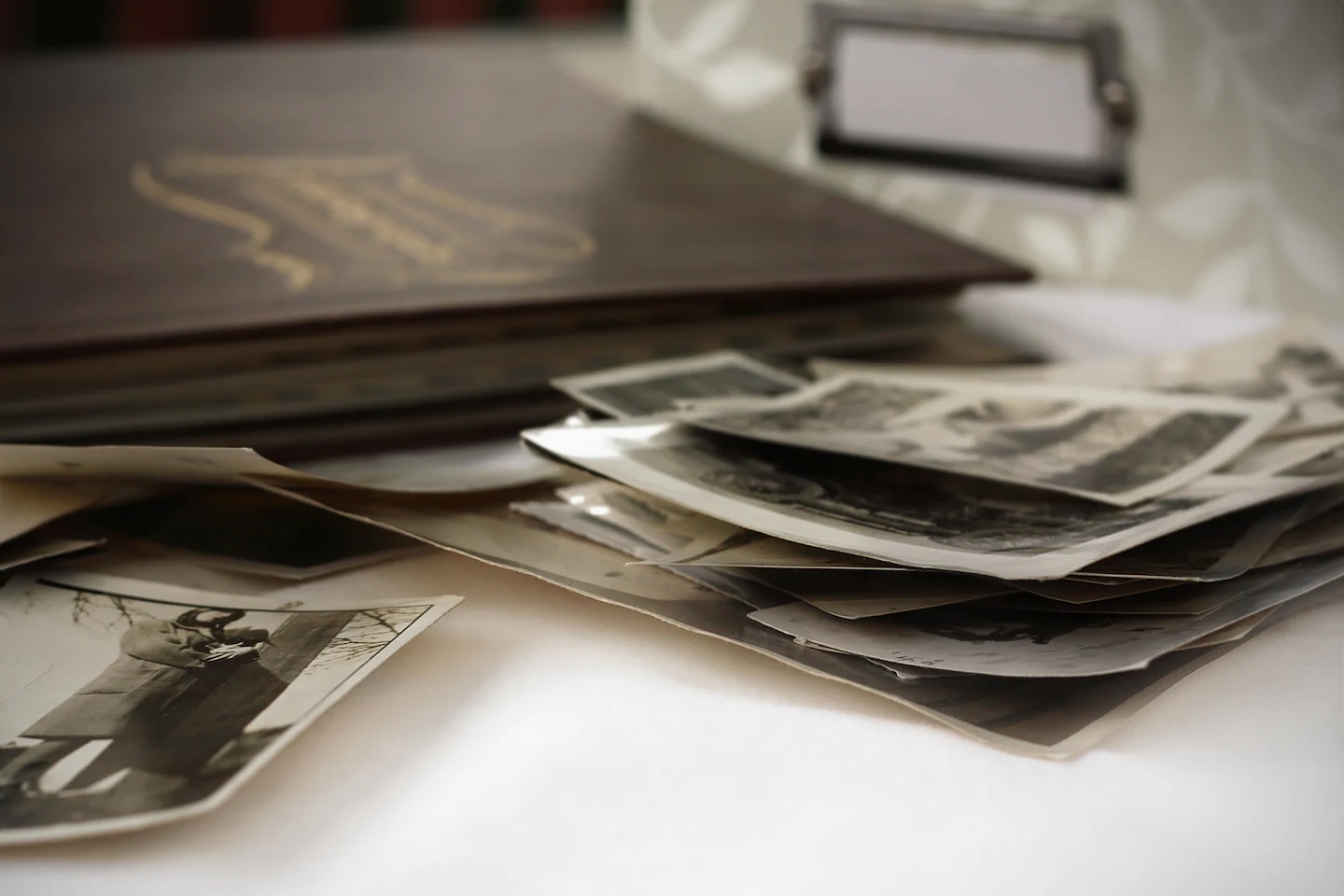


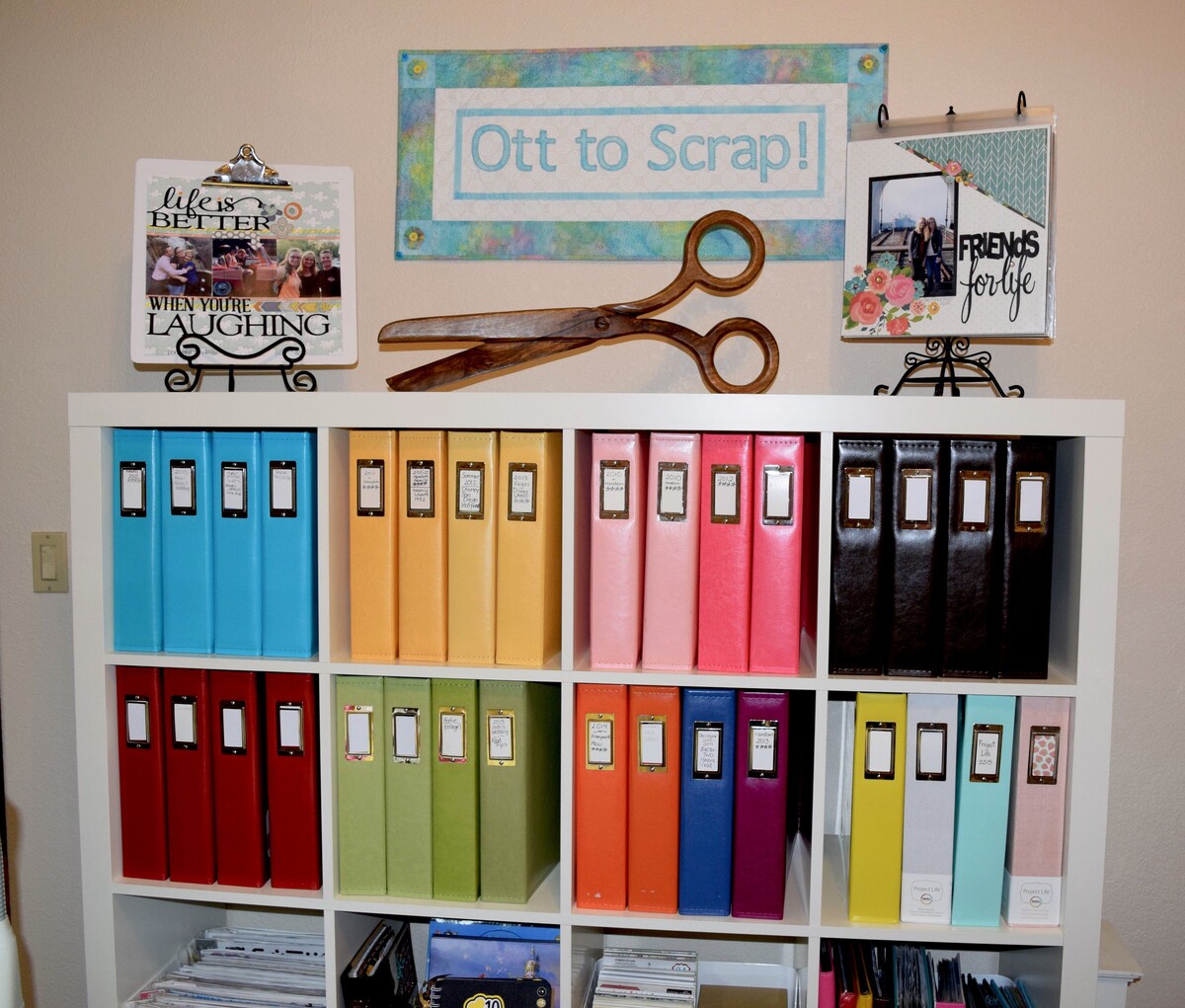
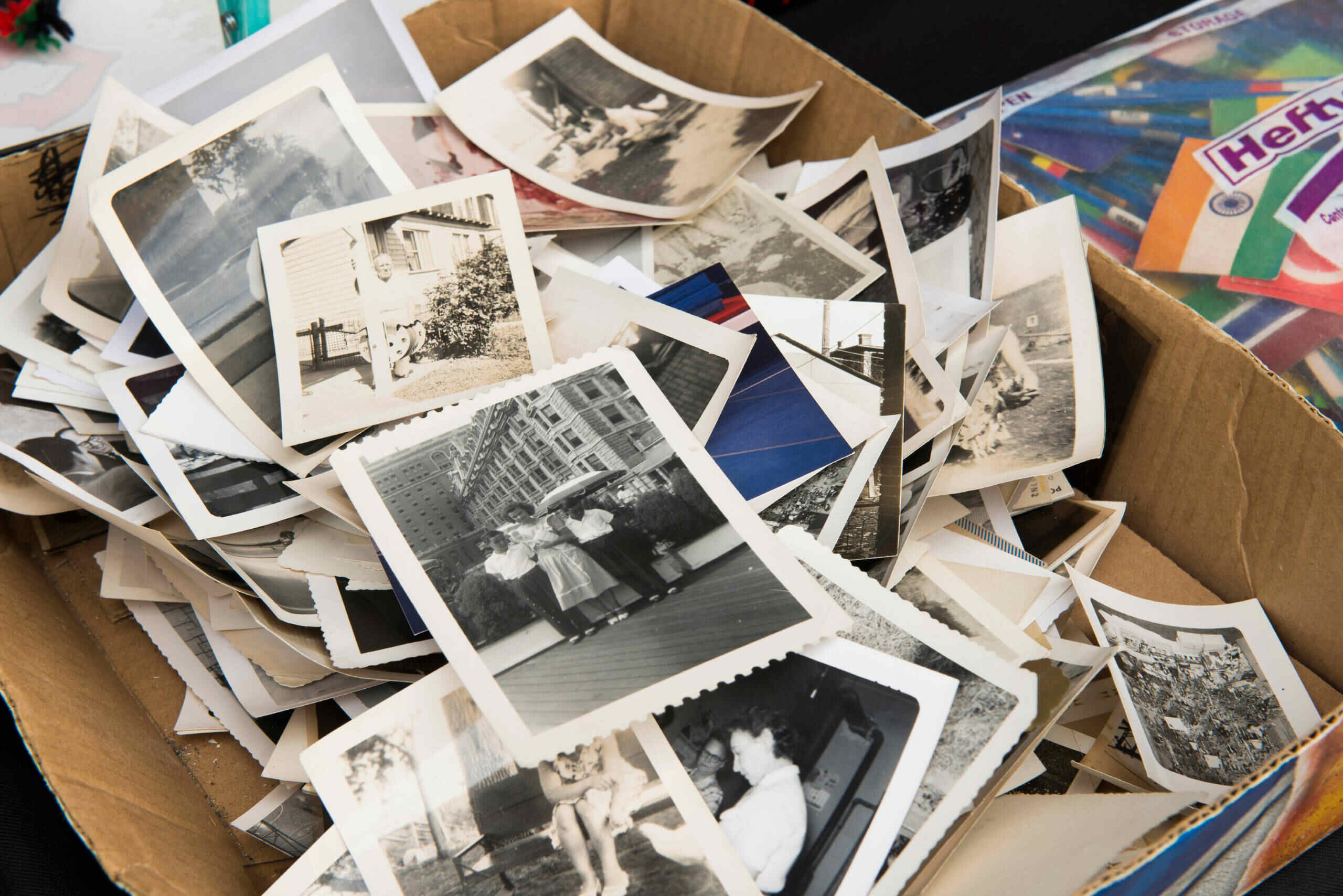

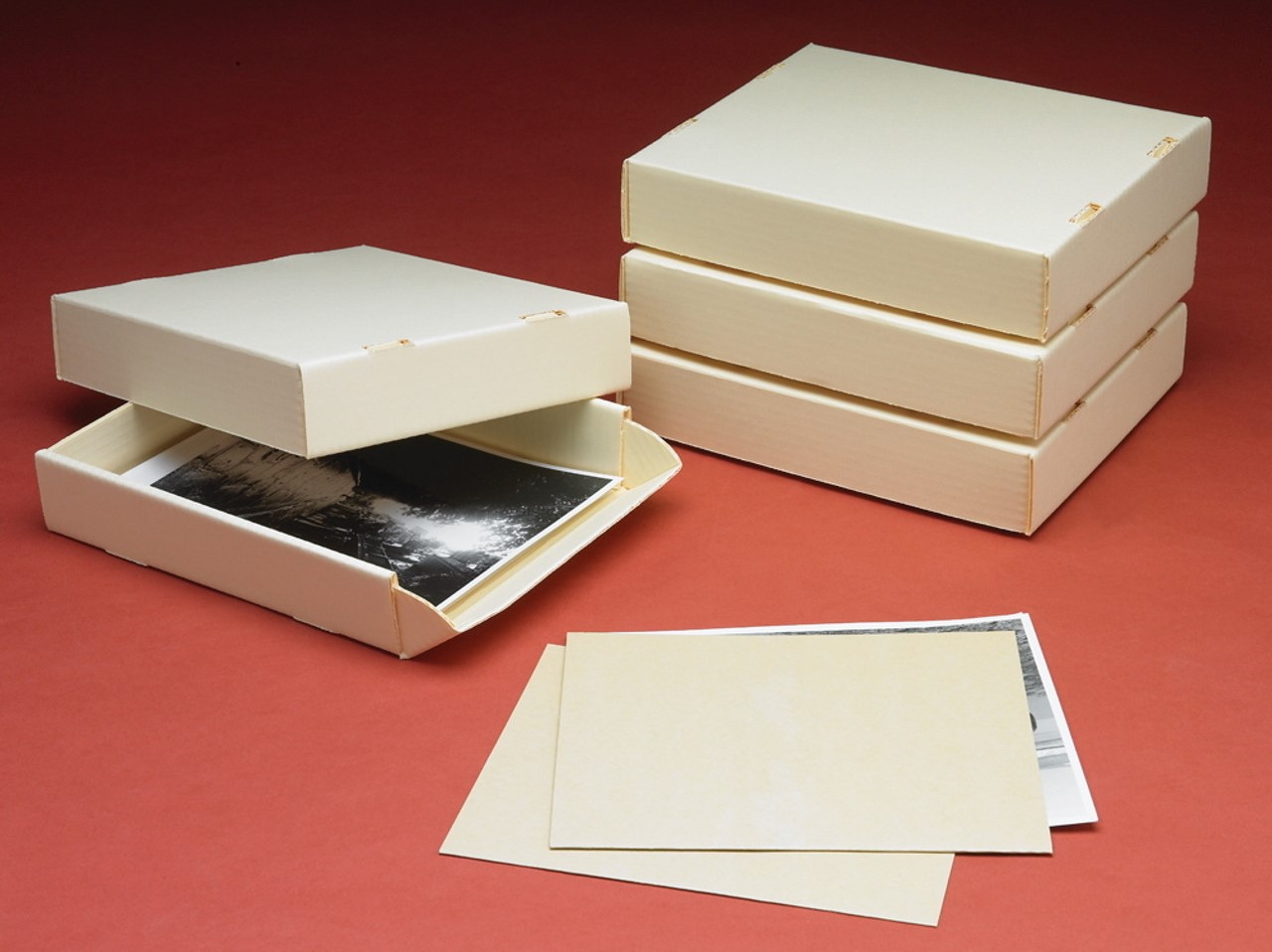
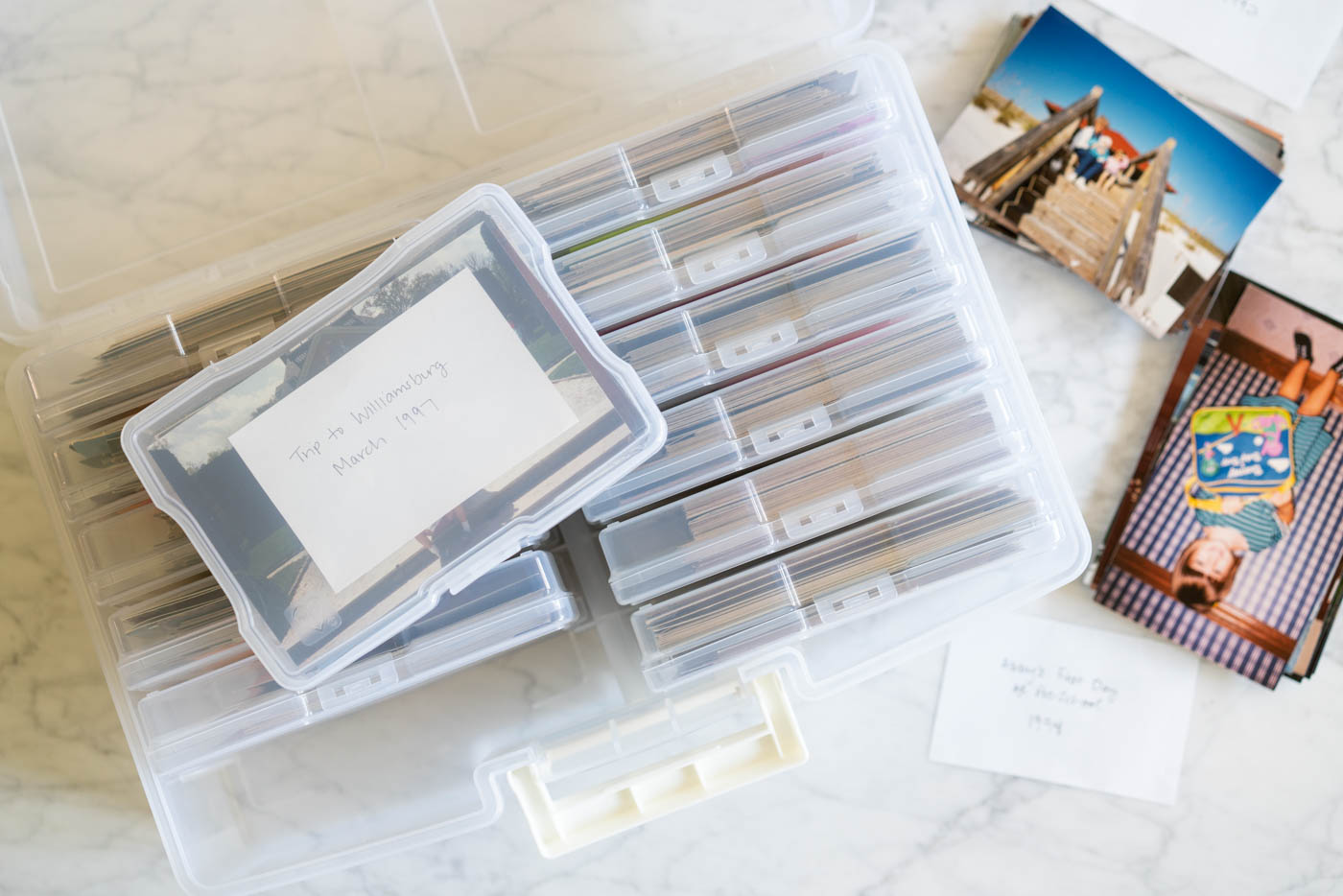
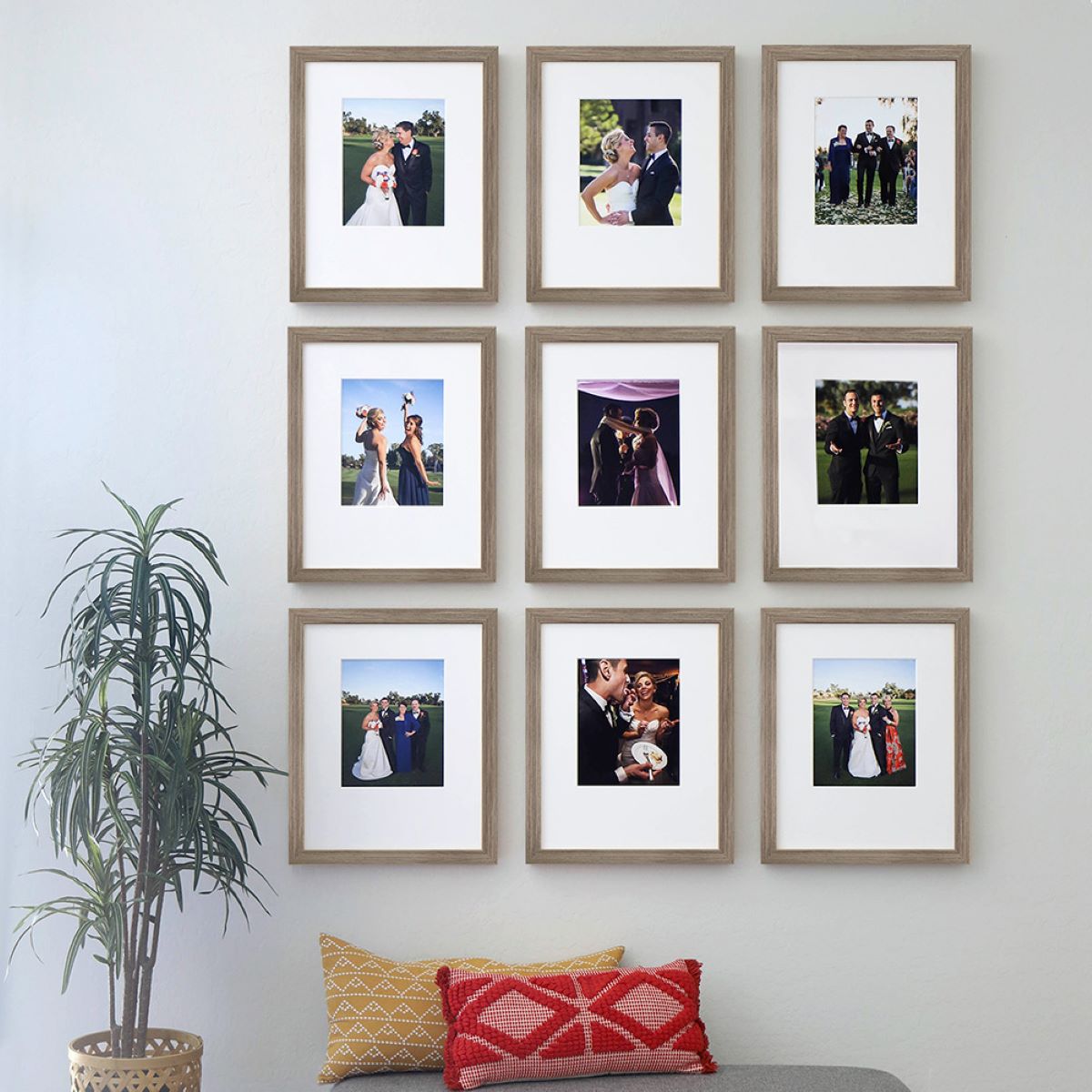
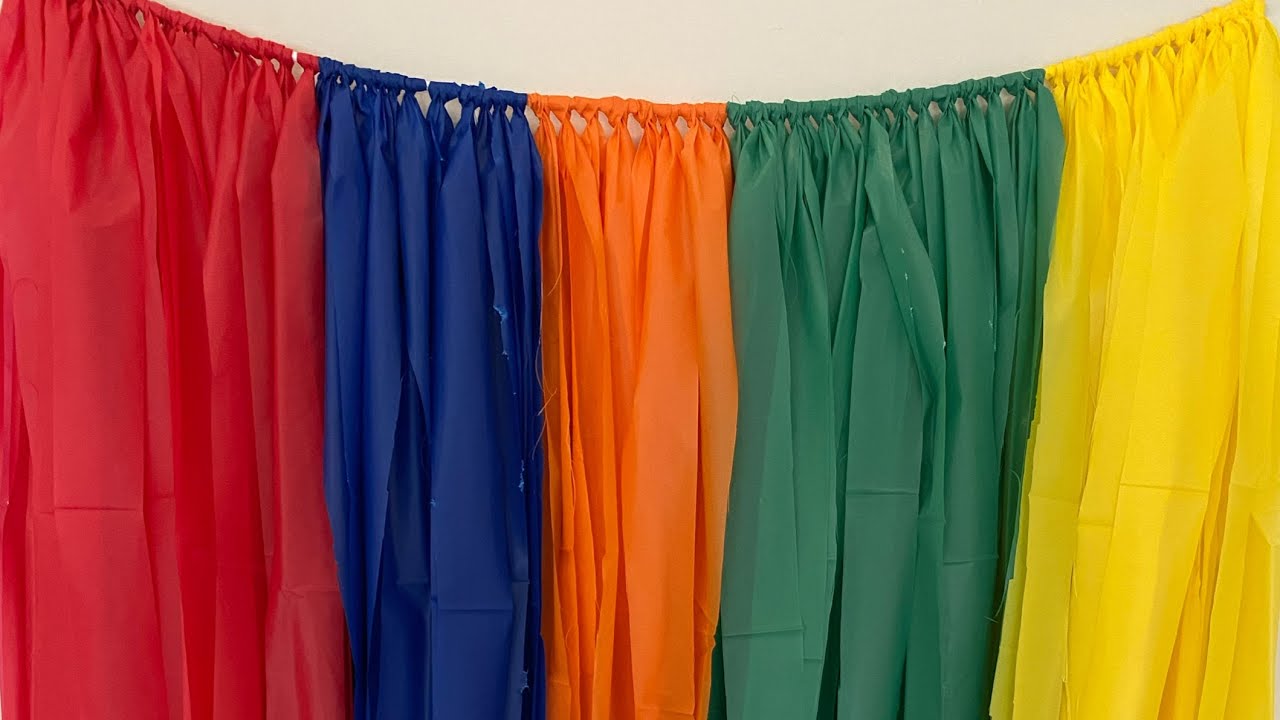

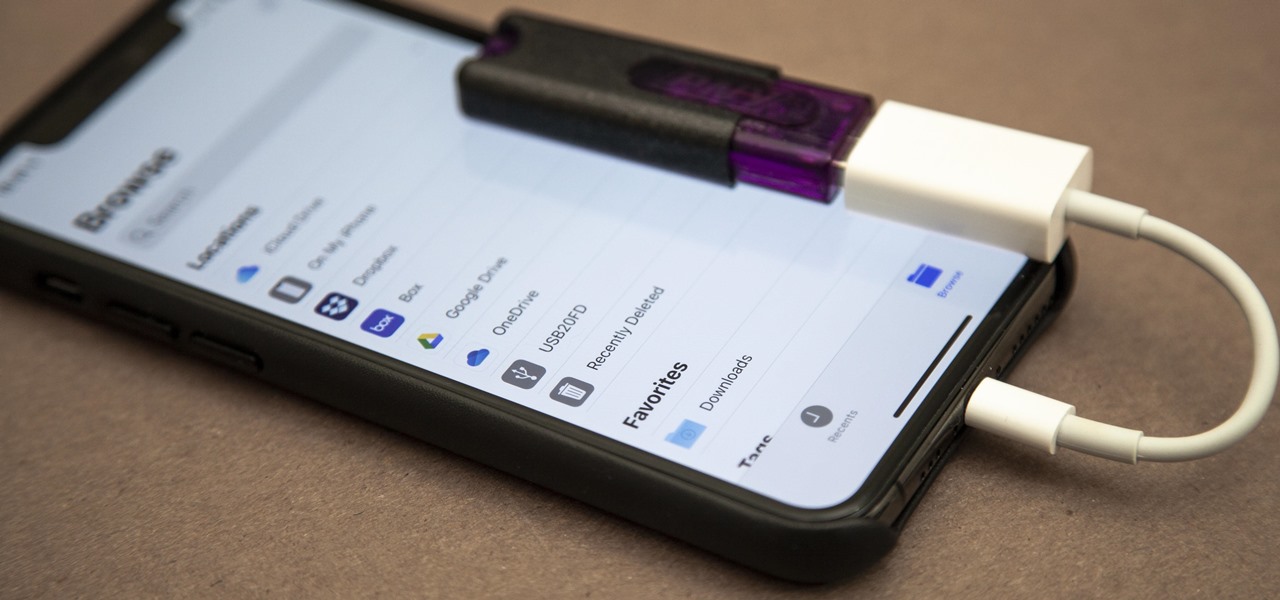


0 thoughts on “How To Store Photo Backdrops”